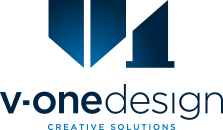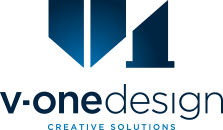With the fast-changing pace of things and the development of new ways of working and indeed new project types (who had heard of ‘infographics’ a few years ago?), we thought it might be useful to provide a few pointers:
- What’s the objective or purpose of the piece?
Should it generate interest or sales, wet an appetite or get people to act? If a reaction or reply is required, then we’ll need to include a suitable response mechanism. - What will you supply?
Are you supplying the final text or draft text for us to edit? Are you supplying photographs and illustrations or are we originating or sourcing these? Knowing who’s doing what will avoid any dubious ‘assumptions’ later on. - What do want us to supply?
Obviously, we’ll be providing design and layouts but how many choices would you like to see? Are you okay with low resolution PDFs being e-mailed or would you prefer regular face-to-face Teams meetings? Do you want the finished print-resolution PDF or the finished, printed item? Do you also want the source files at the end of the project? - Who’s the target audience?
What appeals to an 80-year-old man won’t necessarily appeal to a 20-year old pregnant woman. What appeals to a scientist won’t necessarily appeal to an artist or musician. Therefore, it’s vital that we attract the right people to the piece. Be clear on who we’re trying to attract. - What’s the deadline?
This doesn’t just mean for the finished item; it could also include when the various ‘stage’ designs are delivered along the way. Set a realistic time plan – checked and approved for all concerned – leaving enough time for our designer to work their magic too. - Are there any restrictions?
Is there an existing corporate identity to follow? Are there any legal issues that need to be considered? Are cultural or diversity issues relevant with the piece? - What’s the budget?
If we’re not given a budget, it means that we are dictating how much time and effort is required to complete the task and meet the objectives. If we are given a budget, we can adjust the time allocated to the task – either up or down. Our regular clients are familiar with our costs so there are usually no surprises but new clients should always request a quotation – or we’ll provide one up front. - Background information
Where is it going to be displayed, given out or used? If we are being asked to design an A5 flyer, will it later need to be enlarged to roller-banner size? Is the poster being displayed in a darkened room or 60-feet high above the audience? Any information, not directly related to the item, will allow us to see the bigger picture and may well influence elements of the design – for the better.
If you can cover off all these points, I can guarantee you will give the project the best possible foundation upon which to build a great solution that will meet your objectives and be good enough to go into our portfolio. If you miss out anything, rest assured we’ll ask the right questions!


